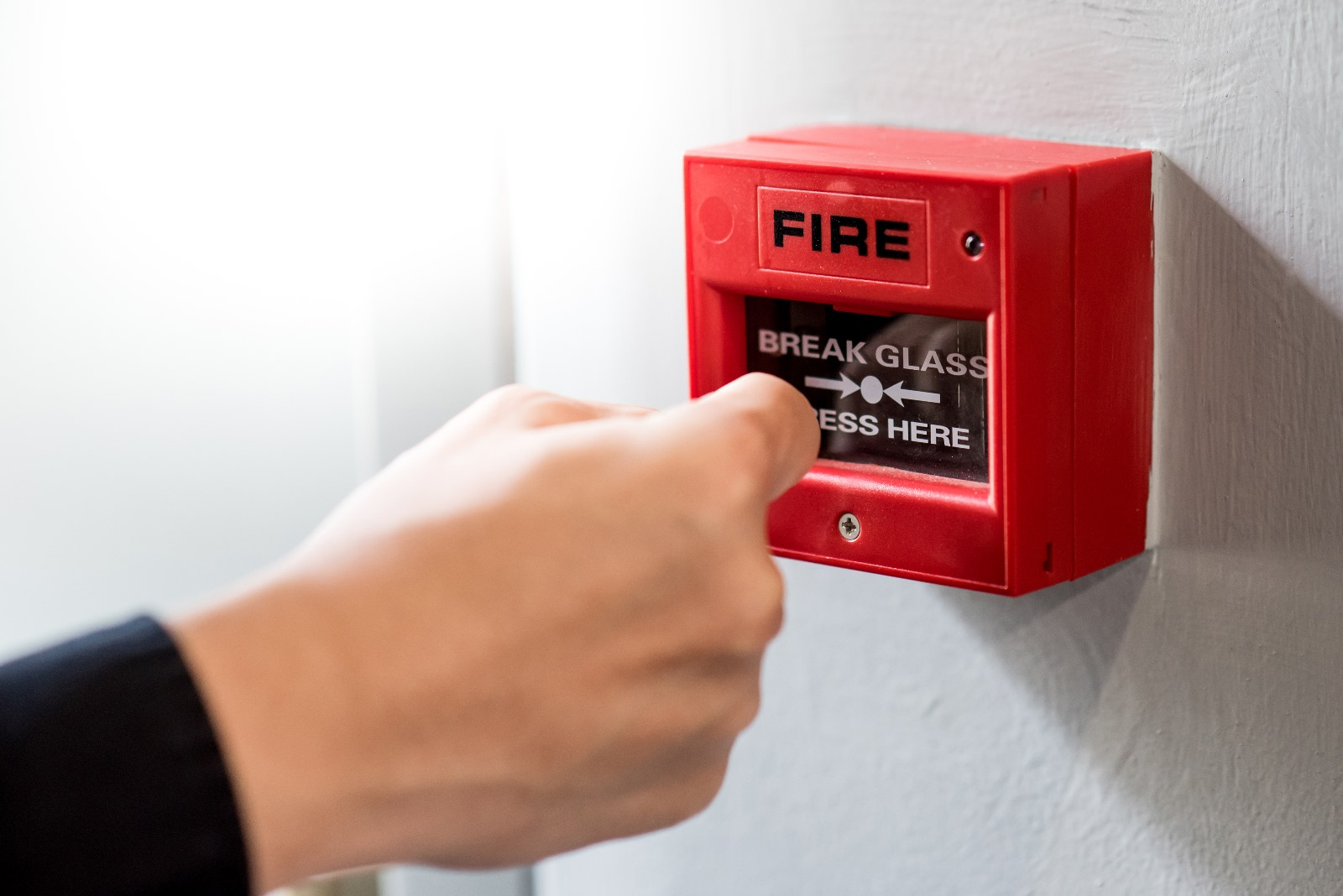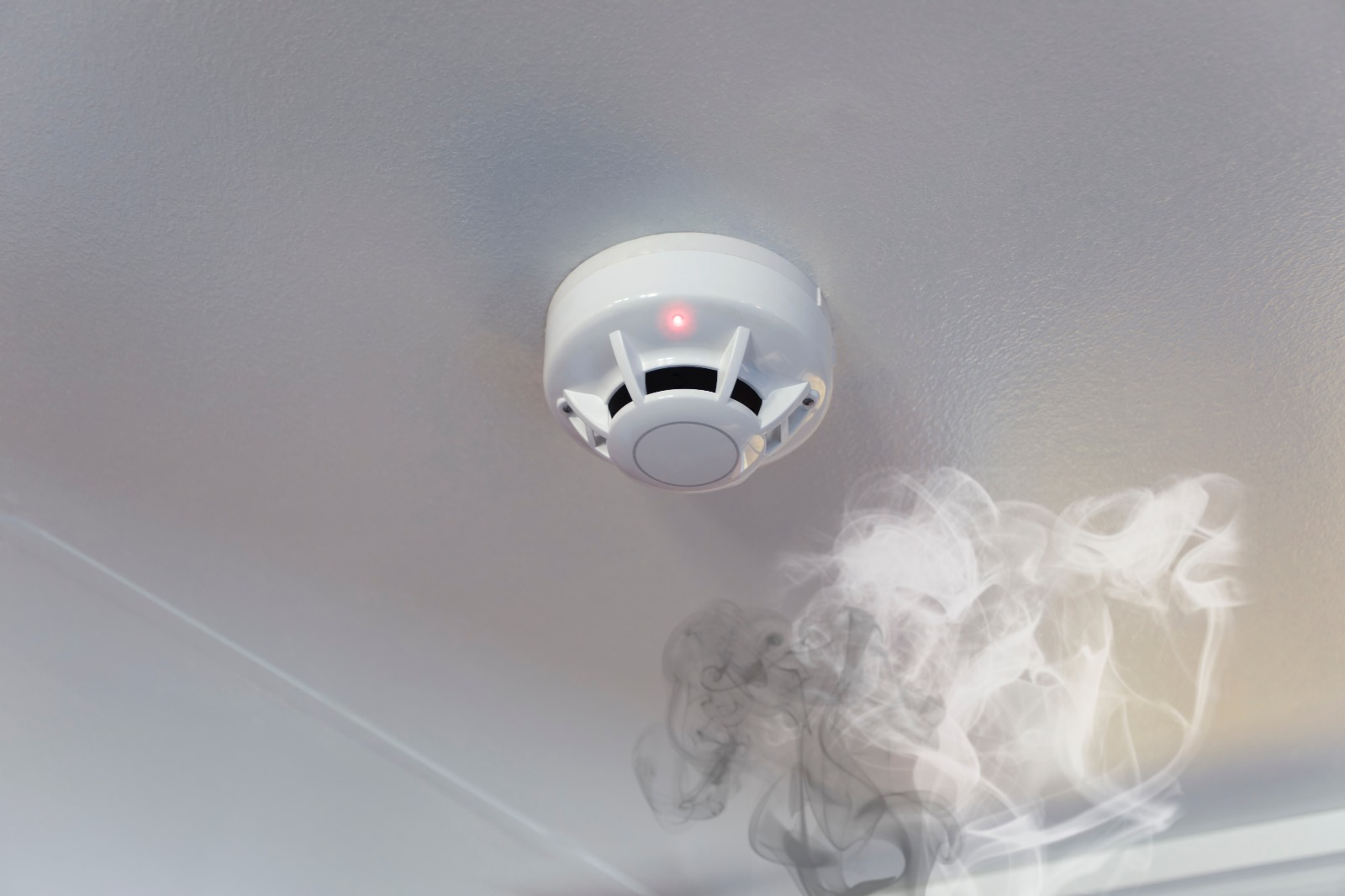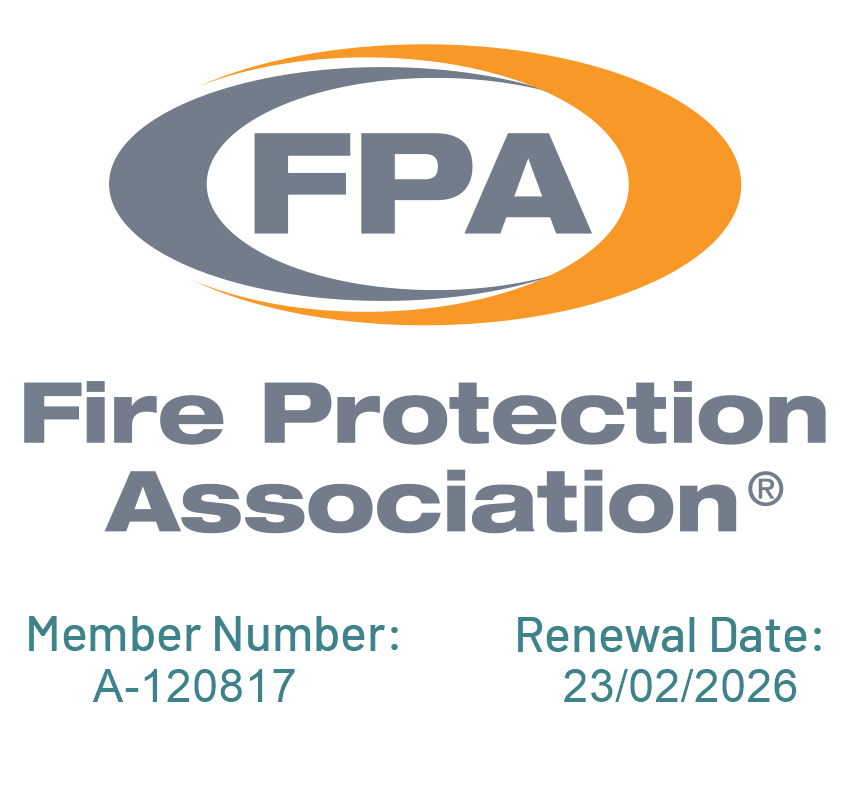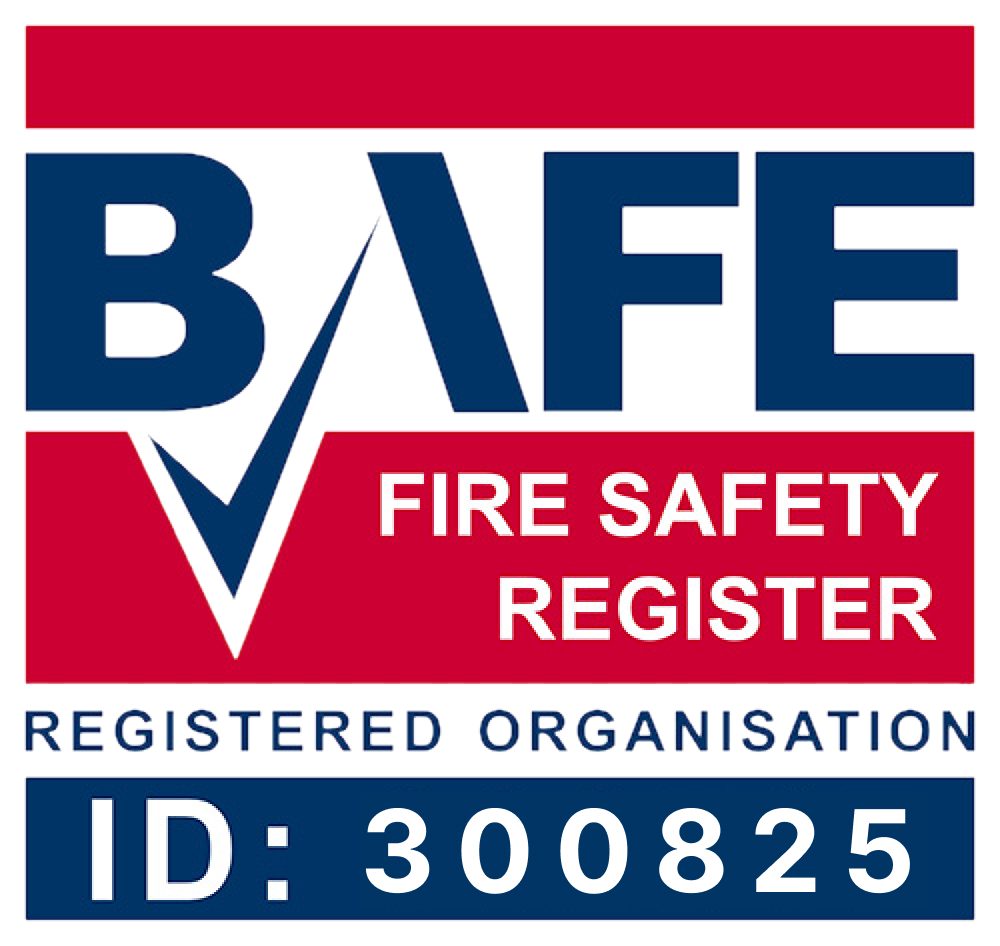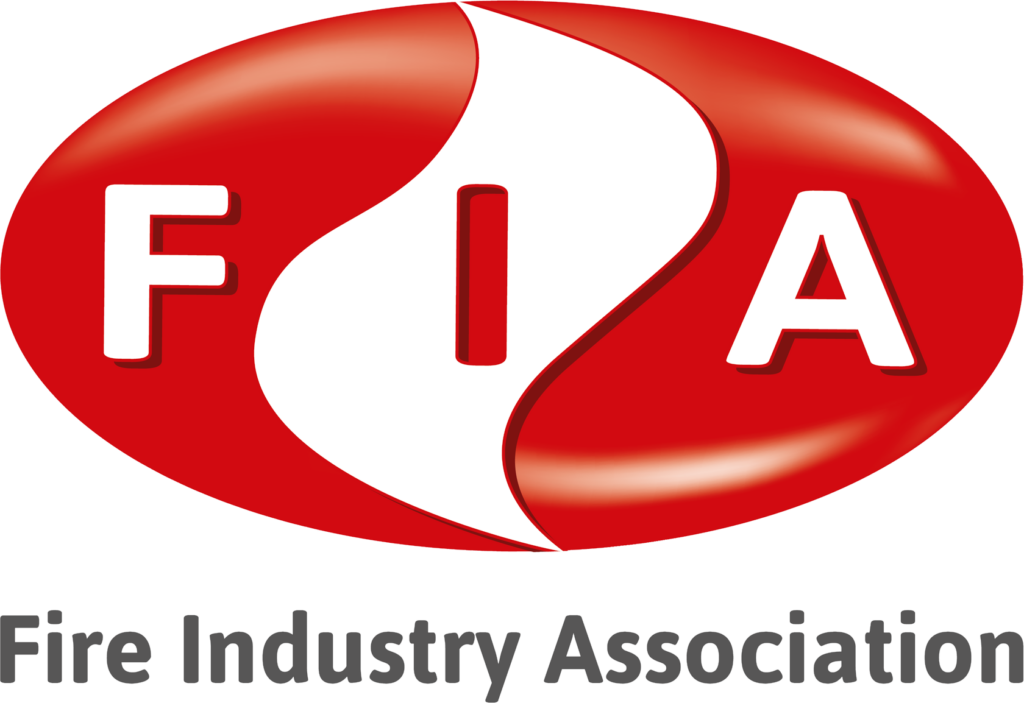The maintenance of Fire alarm systems plays a vital role in safeguarding lives and property in the event of a fire.
Fire alarm Systems require care and attention to ensure they perform optimally. In this blog, we will explore more on the topic of maintaining fire alarms and why this is not just important but absolutely essential.
The Significance Of Regular Maintenance Of Fire Alarm and Fire Safety Systems.
Regular fire alarm maintenance is a requirement of BS5839 2017 Part 1 Section 6 for commercial buildings. It helps you detect potential issues or malfunctions before they become major problems. This proactive approach allows you to address faults promptly, preserve the effectiveness of your fire alarm system and comply with your fire risk assessment as completed by a competent person.
One key benefit of regular maintenance of fire alarms is ensuring that all components are in proper working order, and the system category is correct for the building, reducing the chances of false alarms. Fire alarms comprise various interconnected parts, including smoke & heat detectors, control panels, manual call points and remote monitoring equipment.
Over time, these components may wear out or become dirty, reducing their functionality. Regular maintenance of fire alarms involves cleaning and testing each component to ensure optimal performance of all devices over a 12-month period. This way, you can trust that your fire alarm system will work as intended during an emergency. Furthermore, regular maintenance helps you comply with relevant regulations and codes.
Failing to meet these legal requirements can lead to penalties, legal consequences i.e. imprisonment, and invalidated insurance on the building should a fire occur. Regular maintenance demonstrates your commitment to occupants’ safety and helps avoid potential liabilities.
By prioritising maintenance, you can rest assured that you’ve taken the necessary steps to protect everyone in your building and that you have complied with legal requirements to mitigate fire risk.
Potential Risks Of Neglecting The Maintenance Of Fire Alarm Systems And Fire Safety Systems
Neglecting the maintenance of fire alarms increases a facility’s vulnerability, leaving it potentially defenceless against fire dangers. Regular maintenance is vital for the system to function optimally and provide early fire detection.
Neglecting this important task puts the building and occupants’ lives at risk.
One potential risk of neglecting fire alarm maintenance is system faults or malfunctions. Dust, dirt, and debris can accumulate in sensors and detectors over time, hindering accurate smoke or heat detection. Without regular cleaning and inspection, false alarms may occur, or worse, real fires could go unnoticed.
Another risk is that neglected fire alarms may fail to communicate with other safety systems within the building. Fire alarm systems often interconnect with sprinkler systems, emergency lighting, Lifts, and exits. Without proper maintenance, these critical safety measures may not activate as intended, increasing the risk of injuries and fatalities during emergencies.
Neglecting fire alarm maintenance is a serious mistake with dire consequences. It jeopardises both property and lives. Prioritising maintenance and inspections is crucial for building safety.
BS 5839 Guidance And Requirements For The Maintenance Of Fire Alarm Systems
The foundation of effective fire alarm maintenance lies in adherence to established standards. In the United Kingdom, one of the most crucial standards that guide fire alarm maintenance is BS 5839 2017 Part 1 Section 6 2017.
This British Standard lays out the requirements for the design, installation, commissioning, and maintenance of fire detection and fire alarm systems. Let’s delve into the key requirements of BS 5839 as they pertain to fire alarm maintenance:
Routine Testing
BS 5839 2017 Part 1 Section 6 provides clear guidelines on routine testing, both weekly and monthly. It specifies the need to test manual call points, suggesting that this test should be carried out at the same time each week.
Additionally, it recommends further tests at least once a month to accommodate employees who may not be present during the weekly tests. This approach ensures the reliability and readiness of the system.
Standby Power Supply
The standard outlines the need for monthly testing of the standby power supply. If the system relies on an automatically started emergency generator, this should be tested to guarantee its effectiveness. This requirement is essential to ensure that the system remains operational during power outages or emergencies.
Visual Inspection
BS 5839 emphasises the importance of visually inspecting vented batteries on a monthly basis and having them examined on a quarterly schedule by someone competent in battery installation and maintenance technology. This step ensures that the batteries are in good condition and can provide the necessary backup power to the system.
Periodic Inspection and Servicing
The standard highlights the need for regular inspections and servicing of the fire alarm system. It recommends that the period between successive inspection and servicing visits should not exceed six months, meaning these visits need to take place every six months as a minimum.
This routine check-up helps identify and rectify faults, including false alarm problems.
Furthermore, it takes into consideration changes in building structure, occupancy levels, or use that may affect the system’s performance. Such inspections are often entrusted to certified fire alarm service organisations, assuring the competence of those performing the work.
Detector Testing
BS 5839 recommends that all types of detectors be tested in a way that allows the stimulus they are designed to measure to pass unhindered from the area protected by each detector to their sensing chamber or element. This requirement ensures that detectors can effectively sense potential fire hazards.
Multi-Sensor Detector
In the 2017 revision of BS 5839, specific recommendations for the testing of multi-sensor detectors were added. This is essential to accommodate the evolving technology in fire detection and alarm systems.
Non-Routine Attention
The standard also covers non-routine scenarios, such as appointing a new servicing organisation, addressing fault repairs, system modifications, and inspections following a fire incident. It provides detailed recommendations for handling these fire safety situations effectively.
By adhering to the requirements of BS 5839, stakeholders involved in fire alarm maintenance can ensure that fire detection and alarm systems are not only operational but also compliant with industry standards. This commitment to rigorous maintenance and testing ultimately contributes to a safer built environment, protecting both life and property.
Take Action
We urge all of our readers to take fire alarm maintenance and fire safety seriously, whether you’re responsible for a building’s safety or rely on these systems to keep you safe. By doing so, you contribute to a safer world for everyone.
Remember, safety is not just a priority; it’s a responsibility we all share.
For more information on fire safety, fire protection, and fire alarm system maintenance, please get in touch with us today and a member of our informed team will be able to assist you.

